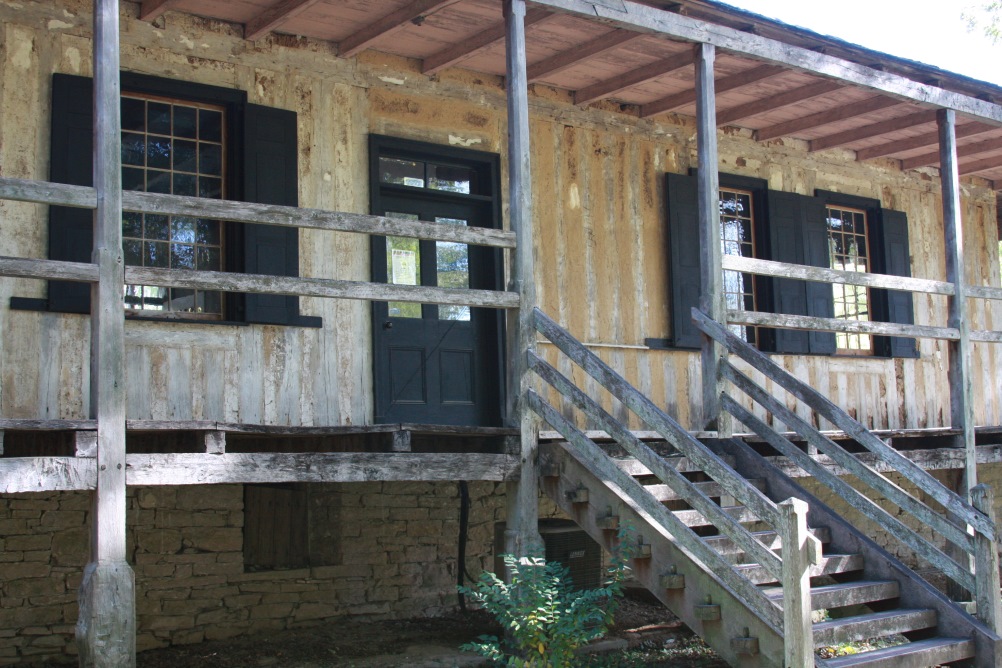October 13, 2022 @ 09:05 CST
Site Visit #64
Before I began my National Park quest, I had never heard of Ste. Genevieve in Missouri. Why should I have? Well, perhaps because it is the oldest European settlement in what is today Missouri. The Illinois side of the Mississippi River already had several French settlements and available land was becoming scarce. Then in 1750, someone had the bright idea to cross the river and establish a new town – Ste Genevieve – along the banks of the river.
After the first major flood of the Mississippi, someone else had the bright idea to move inland a bit and reestablish the town there. The lands between the town and the river proved to be fertile farmlands and the town prospered. Thirteen years after the town was established, France ceded lands west of the Mississippi to Spain.
This was a rather unusual agreement, apparently, as in 1803, France sold these lands to the U.S. as part of the Louisiana Purchase. I saw stories about the change of possession ceremonies in many towns, where the Spanish flag would be lowered and the French flag raised. Then the French flag was lowered and the U. S. flag was raised. It would have been an interesting ceremony to watch.
Many buildings in Ste Genevieve date back to the late 1700s and early 1800s. Many display a unique architecture, as the city was fairly cosmopolitan at the time: French, German, Spanish, English and other cultures coexisted and shared building techniques, creating a hybrid of good ideas.

One very French trait many buildings have is the “vertical log cabin” design. Whereas most English log cabins laid logs horizontally atop each other, the French style was to place them vertically side-by-side.
After stopping in the relatively new visitor center (shared with the town), I watched the video about the town’s history and asked about the various tours the Park Service offered. I settled on one at the Green Tree Tavern, believed to be the oldest structure in town.
With some time to kill before the tour, I wandered around a few blocks looking at some of the other period houses mixed in with newer buildings. Most had some signage describing the building’s history.
The Green Tree Tavern tour was very interesting. Much of the “tour” was the ranger describing the building’s history, the people who lived and worked here (it was both a tavern and home to the tavern owners), and the unique construction I mentioned above. Part of the outer siding has been removed so we can actually see the vertical woodwork.
There were only a few rooms inside to walk through, and there is some uncertainty as to which were part of the tavern and which were part of the living quarters. One thing that is certain is that the tavern was used as the first Masonic Lodge west of the Mississippi.
This is a new unit of the Park System, opened in October 2020. They do not own the building housing the Visitor Center, so they cannot hang a sign on it. Only a small sign hangs from a signpost on the nearby corner. Even the famed Park Service brochure that almost every park distributes appears to have been self-printed on a color laser on legal-sized paper. It is slightly wider that the professionally printed brochures from other parks, making for a bump in my growing collection.
Nonetheless, the staff does an excellent job of presenting the story of Ste. Genevieve and the ones that I spoke with all had a strong knowledge of the town’s history. So many gems of the Park Service are the smaller and less visited sites such as this, something that I am reminded of each time I stop at another one.
Steve